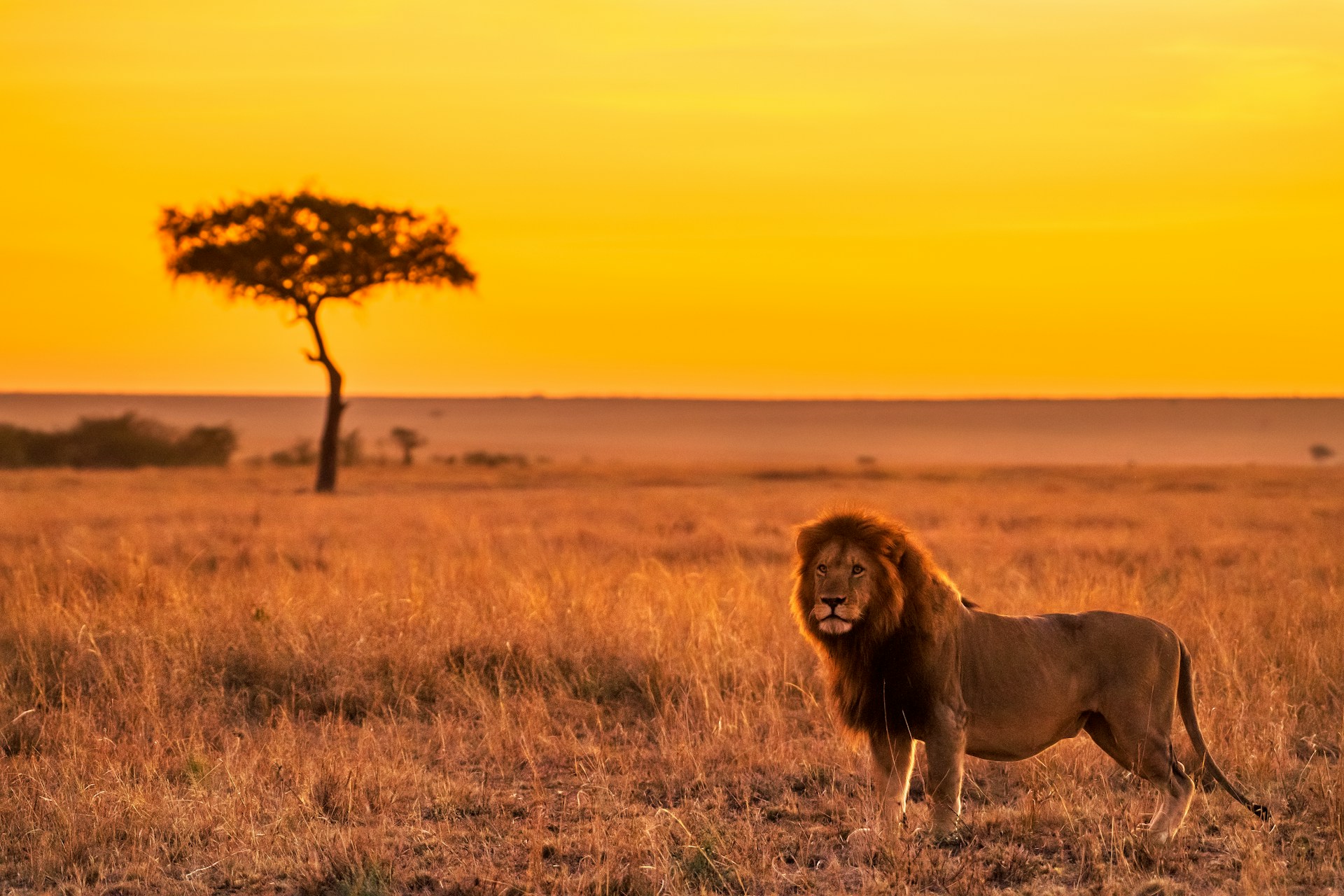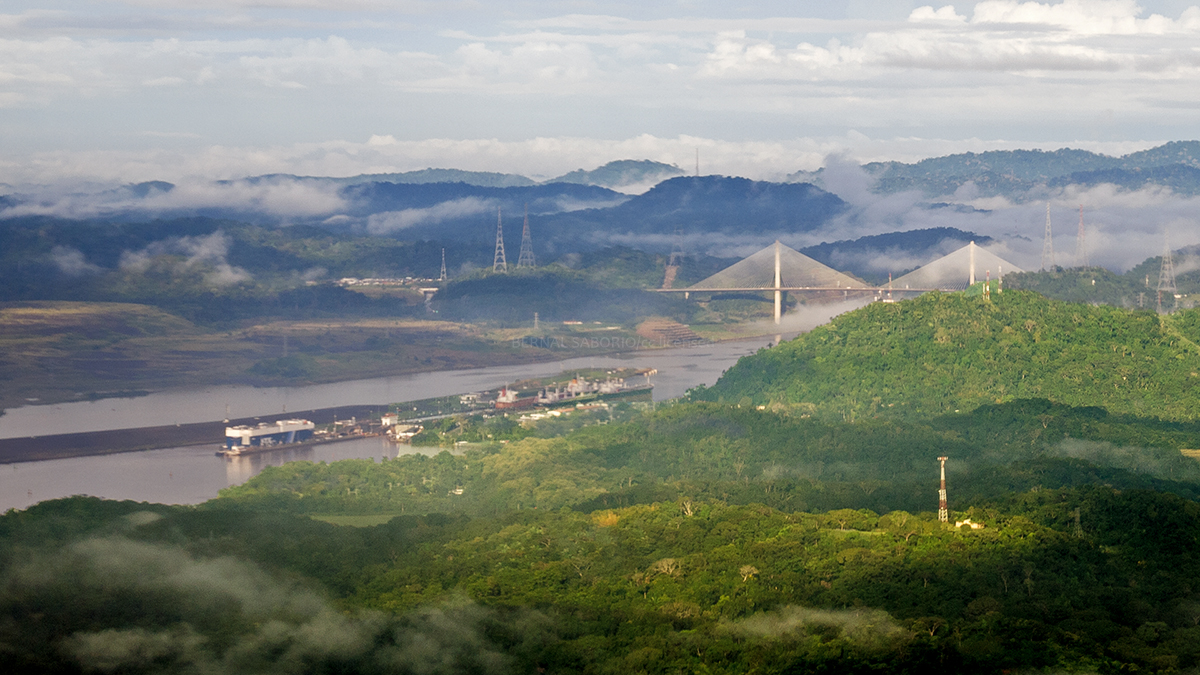Forward-thinking leaders and managers are looking for ways to prepare themselves and their organisations for the future of work. One of the biggest challenges I see for them is how to address a change that is generated by a chain reaction of interacting factors.
In case you’re wondering about the ant and the buffalo, here’s what’s happening:
- An invasion of big-headed ants drives out acacia ants from their residence in whistling-thorn trees.
- While they had been resident there, the acacia ants’ sharp jaws had deterred elephants from damaging the trees.
- Having lost the acacia ants’ protection, the trees are destroyed by the elephants.
- So the lions can no longer use them as a hiding place from which they can attack fast-moving zebras.
- Instead, the lions switch to hunting more of the slower-moving buffalo.
So, what does this have to do with future changes in the ecosystem of work?
We can look ahead and anticipate some big changes coming, such as increasing digitisation, the growth of AI or an increasingly diverse and global workforce.
But it’s harder to spot the big changes that occur because trends coincide, or when disparate factors reinforce each other.
Think about the Covid pandemic – while scientists had predicted a pandemic was due for many years, did anyone expect an end result of it might be struggling dry cleaners or city centre sandwich bars? These impacts were the result of chain reactions caused by the coincidence of the pandemic with:
- Technological change. Innovations such as video conferencing and highspeed broadband meant there was an increased ability for office workers to work from home.
- Social change. Over time, and partly due to the internet, people’s interconnections and relationships had become less dependent on attending the workplace.
- Infrastructure change. For many people commuting had become ever more time-consuming and expensive.
This fuelled an enduring desire to work at home, even once the pandemic was over. Since then we’ve seen lower footfall in town centres and people no longer needing to wear office clothing that requires regular dry cleaning.
And these chain reactions aren’t just about levels of business – the increase in working from home and adoption of hybrid working also means that managers need to learn new approaches to communication, performance management and team dynamics.
So, like the ant and the buffalo, one change within the work ecosystem can have far-reaching and unforeseen consequences. As Professor Todd Palmer states in the article about the ants: “it’s the interactions which are the glue that holds the entire system together.”
For leaders looking ahead to the future of work, there is one key lesson.
It’s impossible for leaders to imagine every feedback loop and plan for every possible chain reaction that might take place in the future world of work – but it is possible to build up capacity and capability.
You could:
- generate a learning culture so your team members are change-ready
- develop your interpersonal skills so you can manage and support your people through the pressures and opportunities of change
- build an empowered team who are forward-looking and able to take initiative.
All leaders and managers can take a range of steps now so that if unexpected change occurs, you’re in a better place to adapt.
Just like the lion.
Image credit: Keyur Nandaniya on Unsplash





